 |
Animal Behavior 3: Experimenter, Observer, and Sampling Bias |
1.00 |
This course will give an overview of different types of bias that can impact a study on animal behavior. Information contained in this course will help ensure observers are aware of how experimenter, observer, and sampling bias can impact data collection and analysis, and of precautions to consider and take before starting a study. |
 |
Animal Behavior 4: Reliability and Validity |
1.00 |
This course will help ensure that the data you collect in animal behavior research is repeatable, consistent, and actually measures the features of a target behavior. This is called reliability and validity. |
 |
Motivation: Identifying, Planning, and Implementing: Using What You've Learned (Corrections) |
0.50 |
In life, to be a successful, you must have a plan. Napoleon Hill, author of Think and Grow Rich, said, “Create a definite plan for carrying out your desire and begin at once, whether you ready or not, to put this plan into action.” This course has provided you with the information and—we hope—the inspiration to improve your motivational skills and work toward personal success. The final two steps are up to you: You must implement what you have learned and continue to work on improving your skills.
In this course you will learn to: work toward improving your motivational skills by using the 21-day habit and satori, and use resources, including websites and books, to continue working on your motivational skills. |
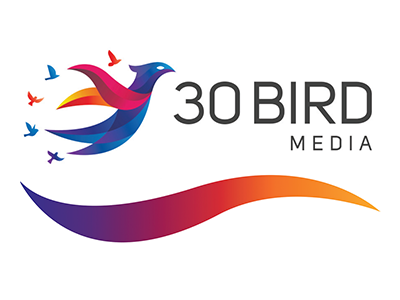 |
CompTIA A+ Core 2 220-1102 Exam Prep |
1.00 |
Exam Prep to accompany 30 Bird's CompTIA A+ Certification, Core 2 - Exam 220-1102 course. |
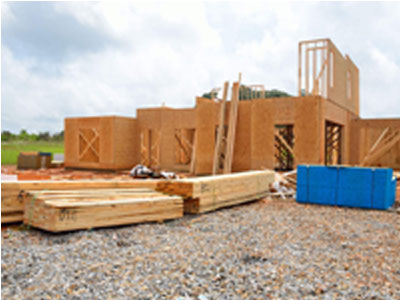 |
Basic Building Construction (NYS04) |
1.00 |
This is a basic lesson for the introduction or review of building construction for the firefighter. The lesson defines five types of building construction and identifies the risks and hazards associated with fighting fires in these structures. The lesson is evaluated with a final multiple-choice quiz. A grade of 80% or better is required to pass this course. |
 |
Fire Behavior Basics (NYS02) |
1.00 |
This lesson introduces the basic chemistry and physics of fire behavior. The lesson defines combustion, reviews the fire triangle and components of the fire tetrahedron. The stages of fire develop and accompanying characteristics are discussed with a focus on heat transfer and how it plays a part in fire develop. The lesson is evaluated using a brief quiz covering the material included in the lesson. |
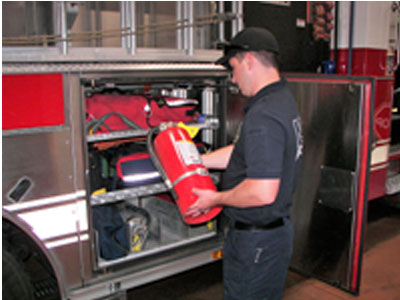 |
Fire Extinguishers (NYS03) |
1.00 |
This lesson reviews the identification, selection, and use of different types of fire extinguishers. The lesson begins with a review of the basic science of fire. The classifications are defined and described and the extinguishers that meet those classifications are identified. Fire extinguisher maintenance is described and reviewed. Finally, the PASS method of fire extinguisher operation is defined and described. |
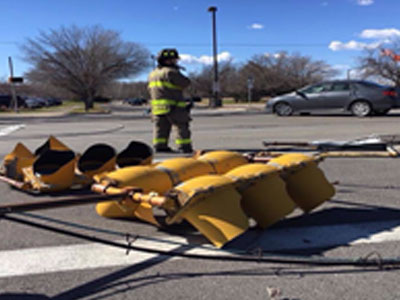 |
Utility Pole Incidents (NYS05) |
1.00 |
This is a basic lesson for the introduction or review of the utility pole for the firefighter. The lesson defines types of utility poles and identifies the risks and hazards associated with operating at incidents that involve them. The lesson is evaluated with a final multiple-choice quiz. A grade of 80% or better is required to pass this course. |
 |
Introduction to Risk Management |
1.00 |
This an introductory course that introduces the firefighter to the concepts of risk management. The concepts introduced in this course are intended to create a healthy attitude regarding safety and begins a process of developing a safety-minded culture. The definitions of hazard and risk are defined and the concept of risk management is explained. This explanation of risk management is intended for firefighters who need a rapid and effective method for identifying and mitigating dangers on the fire ground. |
 |
Introduction to Incident Command and Control |
1.50 |
This course is based on the National Incident Management System (NIMS). This course uses lessons to describes a phased process for the implementation of NIMS management characteristics into an Incident Command System. This phased process is a common-sense approach to emergency scene incident command based on the typical timeline for fireground development. It is important that you review local municipal law and organizational policies for implementing Incident Command. This course presents a system for implementing incident command during emergency operations. Incident Command does not have to be implemented using this system however, it needs to be implemented using a system. |
 |
Wellness Programs (Corrections) |
0.50 |
This course covers how to create a successful wellness program as well as the factors that can lead to program failure. |
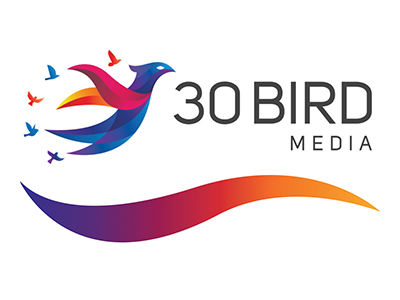 |
CompTIA A+ Certification Comprehensive - Exams 220-1101/220-1102 |
40.00 |
CompTIA A+ Certification Comprehensive - Exams 220-1101/220-1102 provides the basic knowledge needed to install, configure, and support computer software and implement networking. This includes:
- Applying basic methodical troubleshooting skills as an IT technician
- Identifying motherboard and CPU components, installing or replacing them, and troubleshooting their functions
- Identifying power supply functions and connectors, installing them into a PC, and troubleshooting power issues
- Configuring BIOS/UEFI firmware, identifying and installing RAM, and troubleshooting memory issues
- Comparing internal and external expansion buses on a computer, installing internal cards, and identifying expansion cables and connectors
- Distinguishing between physical storage technologies, installing drives, and troubleshooting storage problems
- Connecting, configuring, and troubleshooting common input-output devices
- Describing common printing technologies, installing and maintaining printers, and troubleshooting printing issues
- Identifying client operating system features, installing Windows and application software, and working with scripts
- Managing and troubleshooting operating systems using built-in administrative tools, such as the Windows Control Panel, Windows Settings, and command-line utilities
- Describing network principles, network devices, and internet connection technologies
- Identifying and categorizing network cables and connectors
- Configuring and troubleshooting issues related to TCP/IP and other network protocols
- Describing common wireless networking standards and encryption methods
- Configuring and troubleshooting problems with Windows resource sharing and network connections
- Identifying and using virtualization technology and cloud computing services
- Identifying types of mobile devices and operating systems, and configuring and troubleshooting mobile devices
- Recognizing common cybersecurity threats and the security controls which are used to reduce risk
- Identifying and using security features built into operating systems, as well as security hardware and software used on workstations and networks
- Securing workstations and mobile devices against security risks, and troubleshooting common security issues such as malware infection
- Applying best practices in IT operations, including policies, documentation, ticketing systems, incident response, and data backups and recovery
This course maps to the CompTIA A+ Certification 220-1101 and 220-1102 certification exams. You can download an objective map for the course from 30bird.com.
This course assumes that you have basic computer knowledge.
For exam practice, use the separate Exam Preps for exams 220-1101 and 220-1102:
- CompTIA A+ Core 1 220-1101 Exam Prep
- CompTIA A+ Core 2 220-1102 Exam Prep |
 |
Ground Cover Fires |
1.50 |
This course is an introductory level course that introduces the basic concepts of fighting fires that involve natural ground cover. This course describes fire behaviors associated with ground cover fires, identifies the types of equipment as well as methods used to combat these fires. The lesson also identifies specific hazards associated with ground cover fires and describes methods for mitigating the risk of those hazards. |
 |
Introduction to Fireground Size-up |
2.00 |
This course is an extensive introduction to fireground size-up and is a prerequisite for all other Vigilant size-up courses. This lesson defines the term size up and describes its purpose in fireground operations. The elements of a proper size-up are defined and described. The course introduces a five-step procedure for implementing the size-up process on the fireground. Each step of this procedure is defined and described with an explanation of the elements that are identified during each step. The lesson concludes with an overall summary and final evaluation. |
 |
Introduction to Fireground Communications |
0.50 |
This course defines communication and identifies five components of a fireground communication model. Each component is described in detail and a procedure for implementing the components is reviewed. The different types of common fireground communications are described and examples of each are given. |
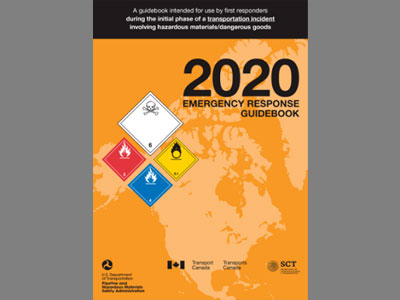 |
Emergency Response Guidebook Activity |
1.50 |
This course is an activity that requires the first responder to utilize the Emergency Response Guidebook to solve a variety of problems. The solution to each of these problems can be found using the 2020 Emergency Response Guidebook Version. Students will need to have a copy of the Emergency Response Guidebook Version 2020 to complete this activity. A 2020 Emergency Guidebook PDF is available for download in this lesson if a copy of the book is not available to the student.
It should be noted that this is an in-service training activity. The student must have prior knowledge and training regarding the Emergency Response Guidebook prior to engaging this activity.
|
 |
Fire Suppression Tactics |
1.00 |
No other tactic on the fireground has a higher potential for saving lives and protecting property than Fire Suppression. Suppression on the fireground can be deployed in multiple strategies and performed through a variety of methods. This course will discuss the application of suppression tactics and tasks while operating in different operational modes under strategies selected as a result of assessed risk. Application of these suppression tactics are matched with the appropriate strategy and task methods are introduced. Each type of suppression task method is described in detail along with a review of its specific strengths and weakness. |
 |
Initiating an Emergency Response |
0.50 |
This course describes a procedure for responding to the report of an emergency. This course will describe how to initiate an emergency response when receiving alarms via the firehouse non-emergency-phone, a walk up to quarters, and reporting an emergency that occurs in the firehouse. This course reviews the skills required to use equipment to receive, record, and transmit an incoming alarm. This course also includes several scenarios during which the student uses a simulated procedure to initiate a response to several types of reported emergencies. The clock time for this course is approximately one-half hours. |
 |
Affordable Care Act (ACA) Basics for Business Owners (Corrections) |
0.34 |
This course covers how the Affordable Care Act (ACA) affects small business owners in terms of what standards and regulations they need to know.
This course will also cover reporting requirements for business owners and the responsibilities of the employer mandate. |
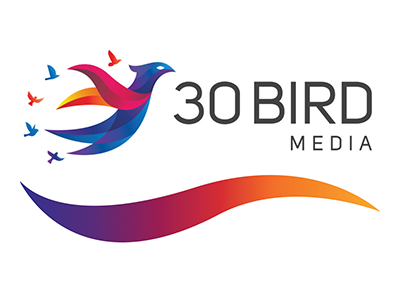 |
CompTIA A+ Certification, Core 2 - Exam 220-1102 |
24.00 |
CompTIA A+ Certification Core 2 - Exam 220-1102 provides the basic knowledge needed to install, configure, and support computer software and implement networking. This includes:
- Installing, configuring, and maintaining computer equipment, mobile devices, and software for end users
- Servicing components based on customer requirements
- Understanding networking basics and applying basic cybersecurity methods to mitigate threats
- Properly and safely diagnosing, resolving, and documenting common hardware and software issues
- Applying troubleshooting skills and providing customer support using appropriate communication skills
- Understanding the basics of scripting, cloud technologies, virtualization, and multi-OS deployments in corporate environments
This course maps to the CompTIA A+ Certification Core 2: Exam 220-1102 objectives. An objective map is available for download.
This course assumes that you have basic computer knowledge. |
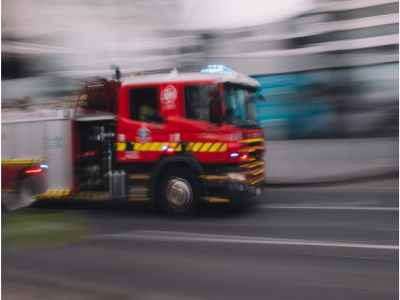 |
Safe Apparatus Response |
0.50 |
More than four thousand firefighters are injured each year in the United States while responding to and returning from emergency scenes. Response injuries account for roughly 7% of all fireground related injuries, however, they accounted for 29% of the line of duty deaths in 2020. This statistic exhibits the severity potential of unsafe apparatus response to and from emergencies. This course will identify hazards and risks associated with apparatus response and describe methods for reducing those risks. |
 |
Salvage Operations |
1.00 |
This introductory level course introduces the concept of salvage operations. The course defines salvage operations and describes techniques used to protect buildings and contents from damage caused by fire suppression operations and preserve evidence of fire origin. This course is evaluated with a final quiz. The clock time for this course is approximately one clock hour. |
 |
Fire Origin and Cause – Basic |
2.00 |
This course is an introductory level course that defines fire cause and origin investigation and arson awareness. This course explains fire origin, cause, and arson and a description of common fire causes. Fire cause classifications are defined, and arson motives are described. Signs of arson are identified, and methods for evidence preservation are outlined. The course is evaluated with a final exam that requires a passing score of 80%. The clock time for this course is approximately 2-hour. |
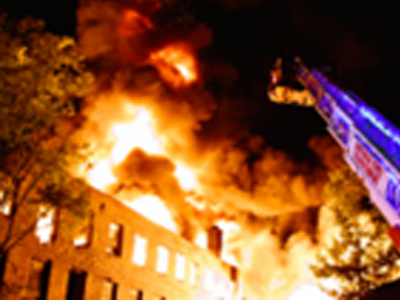 |
Fireground Operations - Strategy Tactic Task |
2.00 |
This course introduces a common language for fireground operation; strategy, tactics, and tasks in an effort to create a standardized interpretation of terminology. This course describes safe strategy selection, defines prioritized tactical objectives, and lists assigned tasks for each tactical objective dependent on strategy. This course introduces the idea of five primary tactical objectives, five secondary tactical objectives, and five functions of command that must be accomplished on every fireground. The course concludes with a procedure for the application of selecting a safe strategy, prioritizing effective tactical objectives, and assigning efficient tasks through the function of command. |
 |
Fireground Operations: Safe Strategy |
2.00 |
This introductory course describes fireground strategy selection to create a safe operation. The course introduces the concept of safe fireground strategy and presents a procedure for selecting a strategy through risk assessment. Two operational modes are established, and five strategic plan options are defined for each mode. The course focuses on fire safety principles and scene safety awareness. The course is evaluated with a multiple-choice exam and requires a passing score of 80%. The clock time for this course is approximately two hours. |


























